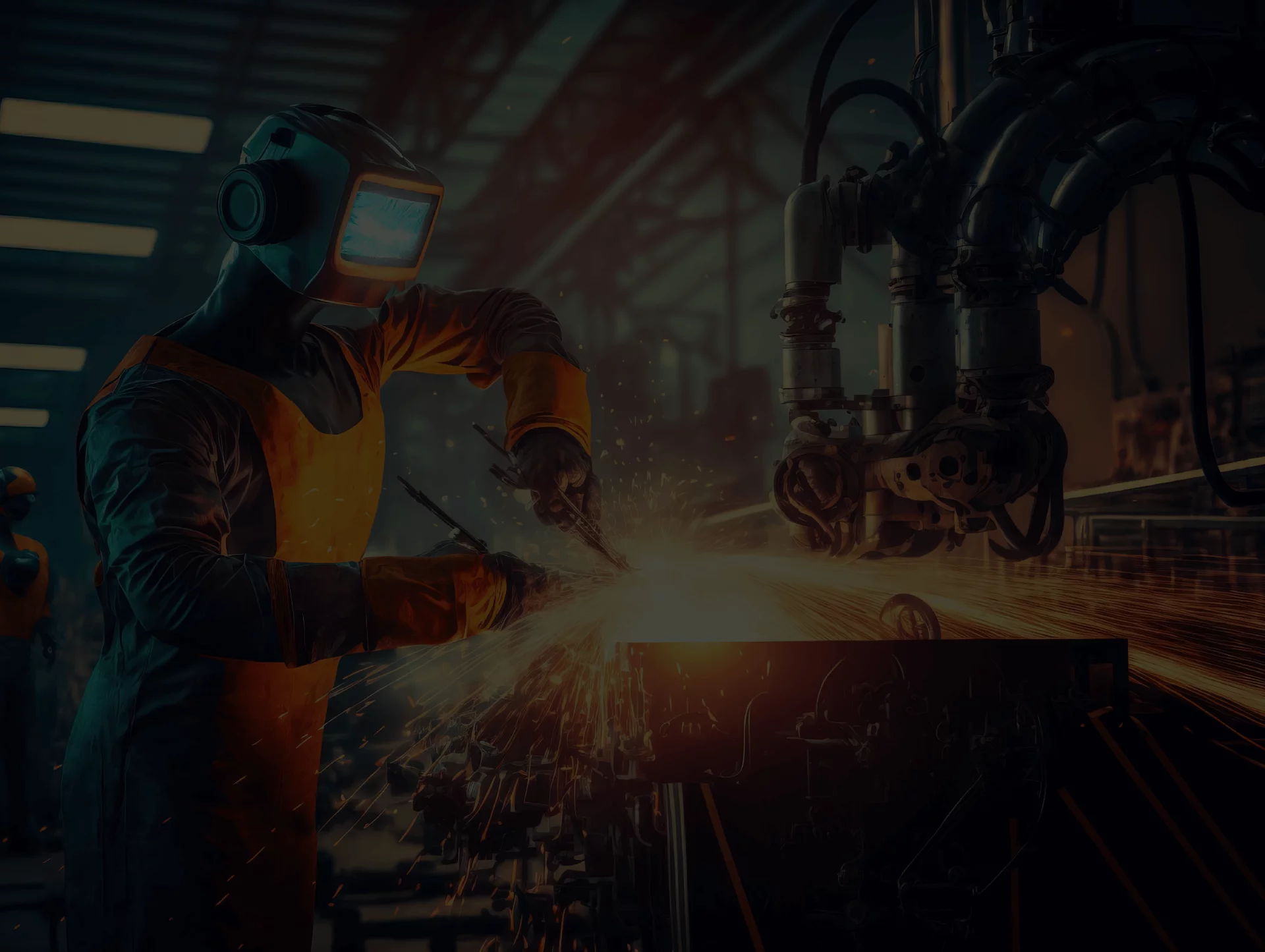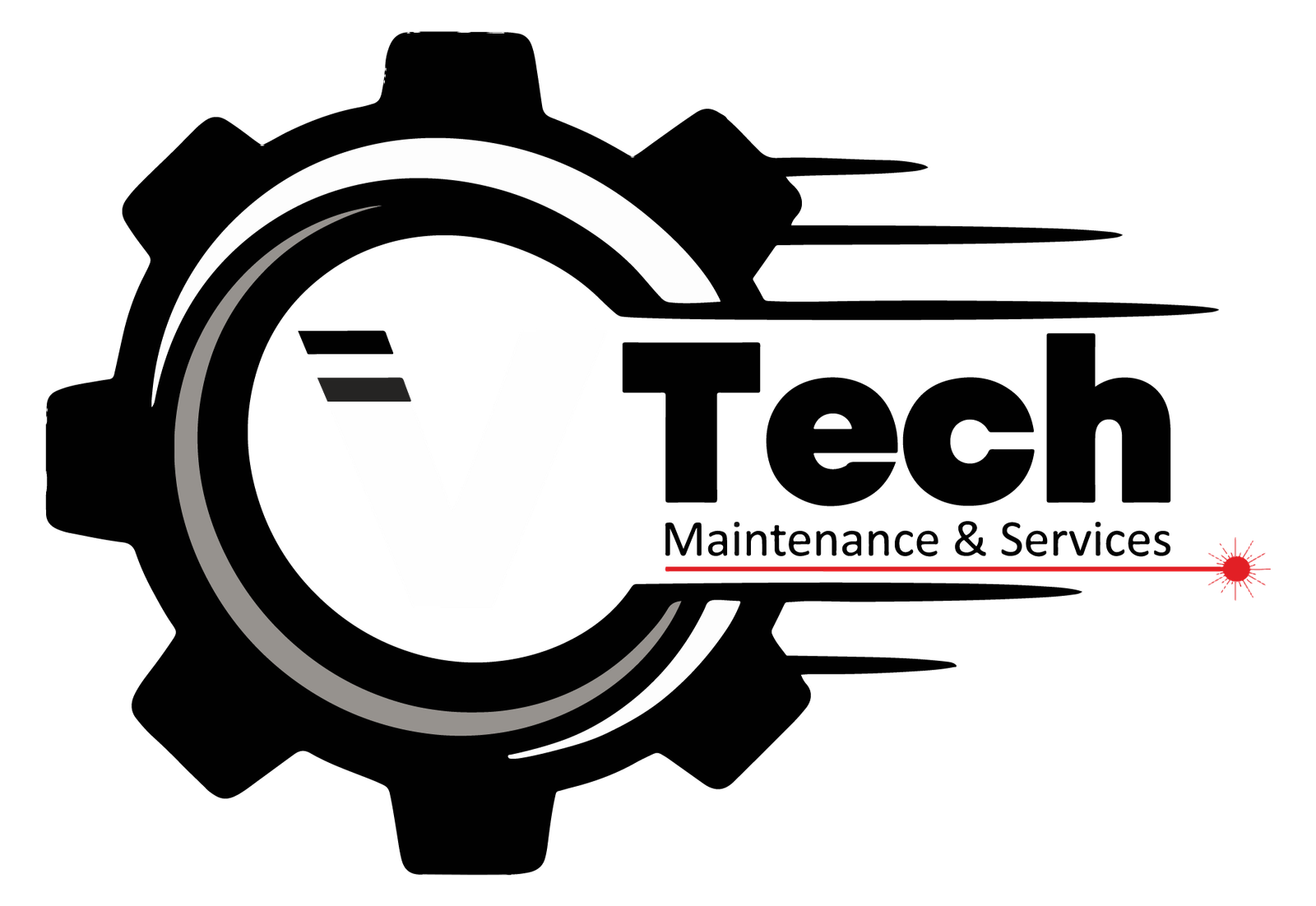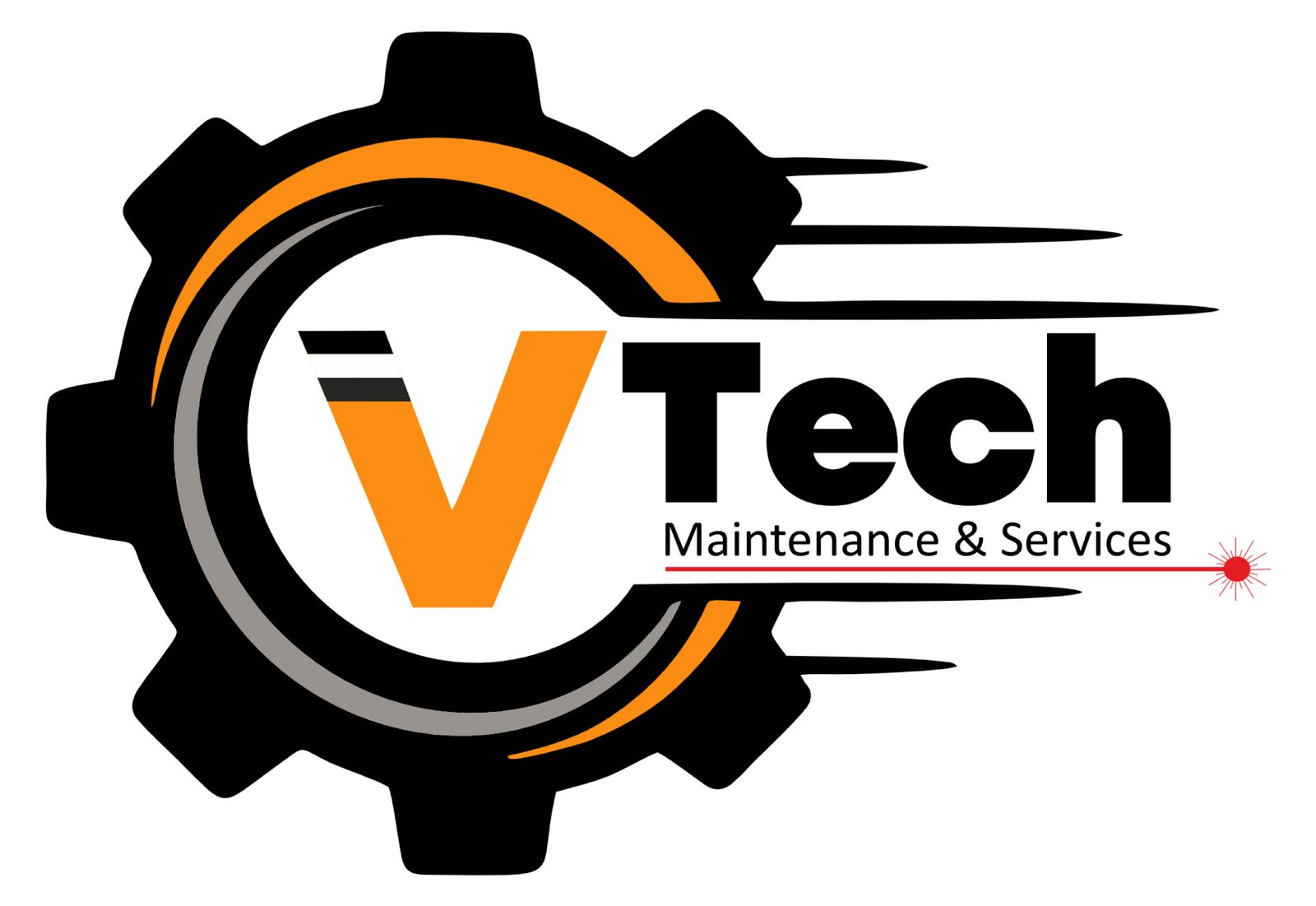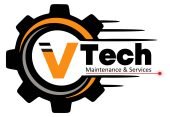

Oil & Gas Industry
Oil & Gas Industry
In an oil and gas plant, laser shaft alignment, geometrical alignment, and belt alignment are crucial for ensuring the efficient operation of rotating equipment, reducing downtime, and minimizing mechanical failures. Here's how each type of alignment is used:

1. Laser Shaft Alignment
Purpose: Ensures that two coupled rotating shafts (such as pumps, compressors, turbines, or motors) are perfectly aligned to reduce vibration, wear, and energy loss.
Benefits:-
Applications:-
Used in pumps, compressors, turbines, and motors to align shafts before commissioning or after maintenance.
2. Geometrical Alignment
Purpose: Ensures that the physical positioning of equipment, including flatness, straightness, and perpendicularity, meets operational tolerances.
Types of Geometrical Alignment:
Baseplate flatness: Ensures machine foundations are level.
Straightness: Ensures piping and shafts do not have excessive deviations.
Perpendicularity & Parallelism: Ensures correct positioning of mechanical components.
Benefits:-
Applications:
Used in turbines, heat exchangers, pumps, and structural components in oil and gas plants.
3. Belt Alignment
Purpose: Ensures that pulleys and belts in belt-driven systems are properly aligned to reduce wear and improve efficiency.
Benefits: -
Applications:-
Used in fan systems, conveyors, and belt-driven pumps in oil and gas facilities.
Overall Importance in Oil & Gas Plants
1.Enhances Equipment Reliability: Proper alignment reduces mechanical failures.
2.Increases Efficiency: Minimizes energy losses and reduces operational costs.
3.Reduces Maintenance Costs: Prevents excessive wear on components, lowering repair frequency.
4.Ensures Safety: Properly aligned equipment prevents catastrophic failures that can lead to accidents.







